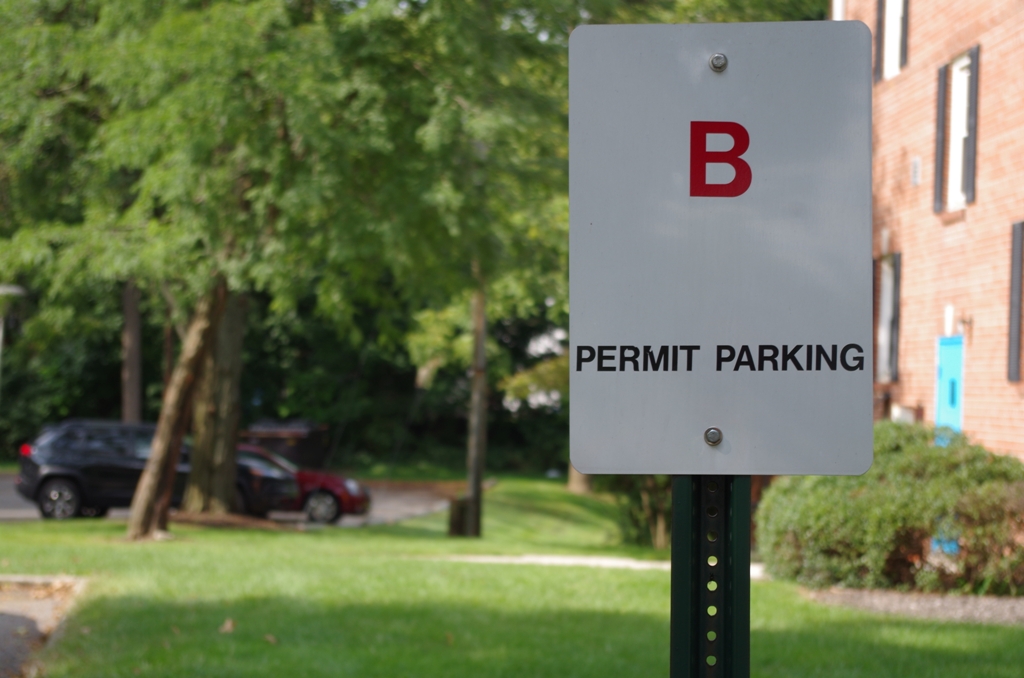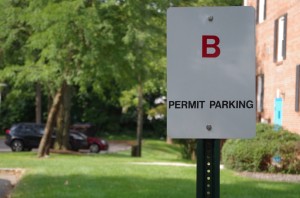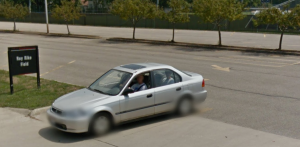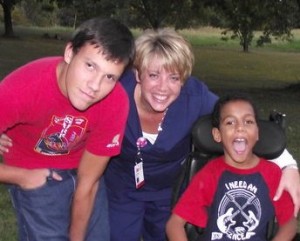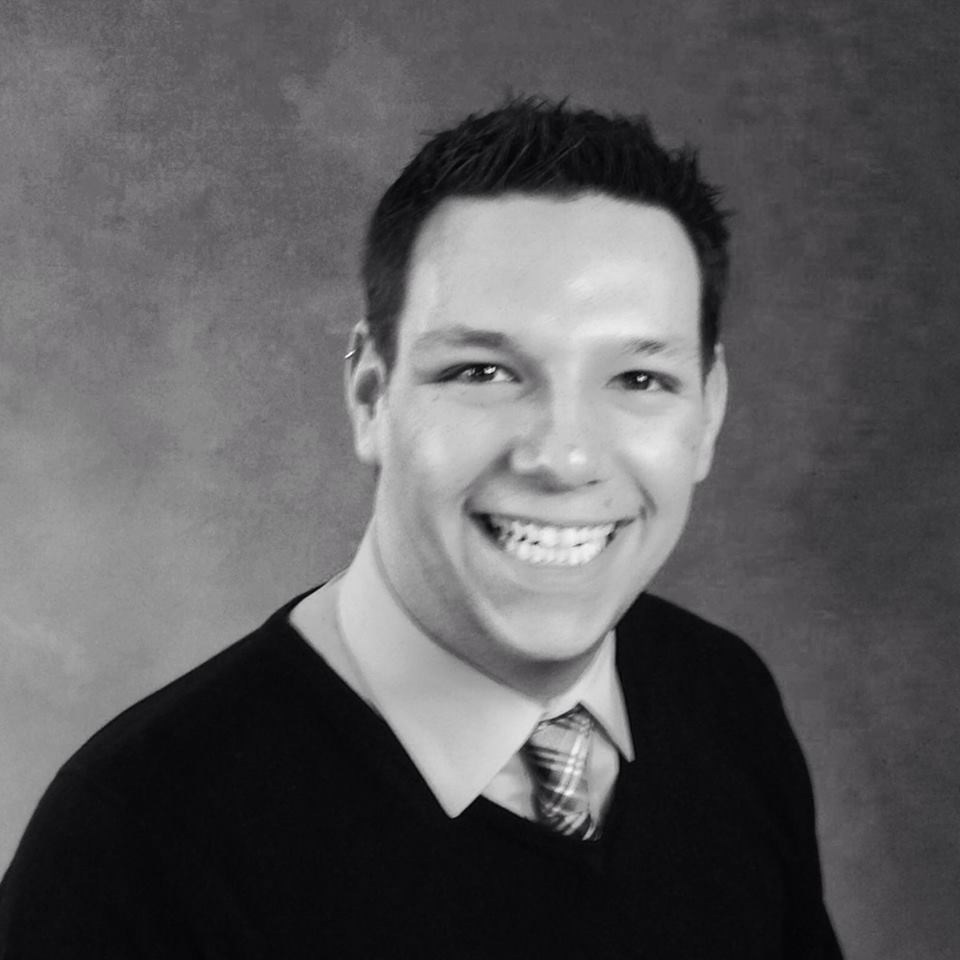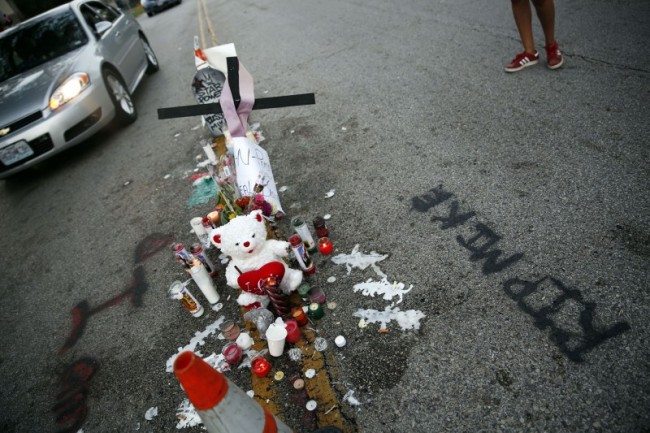
Professor Michael Flamm examines the historical context of Michael Brown’s death
SH: Could you describe how race relations and racial inequality became a leading national issue in the 1960s, especially, and then declined to a certain extent since then?
MF: The Civil Rights movement, the freedom struggle, had of course been going on in the United States for centuries. It gains momentum during World War II, and after World War II, because you clearly can’t lead a fight on behalf of democracy and against fascism overseas and not turn and look at the racism that was prevalent in the United States. The United States in the 1940s, especially in the South, was a segregated nation, an apartheid nation in many respects. And so the Civil Rights movement gains momentum in the 1950s and 1960s. By the 1960s, certainly the early 1960s, civil rights is the top domestic issue, Dr. King has become a national figure, everyone in the country is aware of what’s been happening in places like Selma…The organized civil rights movement, the freedom struggle, reaches a peak in 1963, with the March on Washington, in 1964 with passage of the Civil Rights Act, and then in 1965 with the passage of the Voting Rights Act.
After 1965, civil rights begins to fade as a national issue for most white Americans, for a variety of reasons. The Vietnam War becomes an enormous distraction of energy and resources, the Civil Rights movement loses a number of its most effective leaders – obviously the assassination of Malcolm X in 1965, the assassination of Dr. King in 1968, that has a tremendous effect as well. The Civil Rights movement itself begins to fragment and splinter; some African-Americans decide that they no longer want to pursue integration into white society as their objective; others begin to reject Dr. King’s emphasis on nonviolent civil disobedience. You have a rise of a new and younger generation of African-American leaders and so there’s some tension and fragmentation within the movement, and then in the 1970s and late 1980s that trend continues, and the organized civil rights movement diminishes, there’s less public attention to the issue, although naturally African-Americans remain very committed to the cause throughout the period and are still fundraising. To be fair, a great deal of progress is also made, and that removes some of the urgency, and going to the point of this interview I think part of the issue in Ferguson is that many white Americans aren’t aware of the many serious and real problems that still exist because this issue of race relations hasn’t been on the front pages or television screens except for periodic episodic explosions. But in general, I don’t think that many white Americans don’t spend a great deal of time considering how difficult it is, especially for poor, urban African-Americans who are isolated not only from white society but also from middle-class black society. And if I can just continue, one of the great successes of the Civil Rights Movement of the 1960s is to create opportunities for middle-class Black professionals, many of whom have integrated successfully into society, moved into places and areas that were previously white-only, but they left behind a Black underclass that continues to struggle every day with economic oppression, police brutality – social problems.
SH: Do you see the death of Michael Brown and the way it’s been responded to as a potential watershed moment to bring race relations back into the national focus or do you think it could end up dying out?
MF: If I was an optimist, I would say that the death of Michael Brown might lead more Americans to question how the police operate and whether this war on drugs is worthwhile, whether it makes sense to pursue a prison policy of mass incarceration – the United States now has more people behind bars than any other country in the world, overwhelmingly these are poor people of color, there’s a tremendous discrimination built into our current policing system and I would hope people would take another look at it in the aftermath of Ferguson but I’m not especially optimistic.
“Many white Americans aren’t aware of the many serious and real problems that still exist because this issue of race relations hasn’t been on the front pages or television screens except for periodic episodic explosions.”
SH: Why do you think it’s become such a critical issue in ways that the deaths of Oscar Grant or Trayvon Martin in the past did not, or even some of the other deaths this summer (of Eric Garner, John Crawford and Ezell Ford) did not?
MF: It’s a terrific question. I think the Michael (Brown) death has attracted national attention largely because of the reaction of the police department in Ferguson. It’s quite interesting to note in New York City and in other places the police were much more proactive in reaching out to the community, they had better relations with the community, most large-city police departments are much better integrated now than in the past, they’re much more sophisticated in terms of community relations. We saw none of that in Ferguson. We saw a mainly white police force that was clearly not prepared to engage in community relations or in damage control in a reasonable manner.
SH: Having studied the 1960s, which also saw very aggressive police tactics against largely nonviolent demonstrators, not only in the South but also in Chicago in 1968 at the (Democratic) National Convention, what was your reaction when you saw the initial police response in Ferguson?
MF: I was surprised that in the 21st century, a police force was so unprepared to deal with a peaceful protest. On the other hand I saw the events in Ferguson as a very direct consequence of the 1960s in two ways. First of all, the urban riots of the 1960s caused police departments across the country to shift their focus from crime control to riot control, and really retrain and rethink how to deal with large crowd protests and disturbances. It is also in the 1960s that we first see the militarization of policing and that’s in response to the riots of the 1960s but it’s also in response to the Vietnam War, because in the 1960s and 70s, as today, the military was shipping large quantities of equipment that it was no longer using to police departments across the country. And so the police departments are changing their tactics, but they also have access to a whole range of weapons and equipment as a result of the militarization of policing.
SH: Are there any moments in the movements for racial justice, whether in the United States or elsewhere – in South Africa, for instance – that you see as comparable to Michael Brown’s death in a historical perspective, or in terms of how the police and the public reacted?
MF: If you look at South Africa, there were police massacres that took place – Sharpesville, Soweto, other places like that. I do want to interject a note of caution here. The Michael Brown situation in Ferguson is a tragedy, but we’re talking about the death of one person. I don’t believe that the Ferguson police department has handled it well, I was as shocked and horrified by the images that we all saw of people wearing military uniforms and clearly having equipment that was inappropriate for the scene. At the end of the day, and perhaps this is a low bar, at the end of the day the police in Ferguson do have discipline, they do have control. One death is a tragedy, any death is a tragedy, but you can’t compare it to the killing of hundreds of people in South Africa or in other places by a police action.
“There will be another tragedy in the near future and public attention will shift to that tragedy and away from Ferguson, and the deep underlying problems in Ferguson that haven’t been addressed in the past 30 years aren’t likely to get addressed in the next year or two.”
SH: I’d read that some comparisons just in terms of the images and how they had their guns pointed, but other than what initially started it with the death of Michael Brown, the Ferguson police haven’t fired a shot.
MF: I would simply point out that I’m writing a book about the Harlem riot of 1964, which was the first major riot of the 1960s, and during the six days of the Harlem riot, officers of the New York Police Department fired thousands and thousands of warning shots. And it’s frankly a miracle that only one person was directly killed in New York City. By comparison, in Ferguson, the police have shown, I think, appropriate restraint in the use of firepower. Now perhaps they shouldn’t have displayed the firepower in the first place, and perhaps their response was somewhat overwhelming but they haven’t used those weapons, they’ve maintained fire discipline and command control and they’ve kept the tragedy from growing.
SH: Where do you think things will end up going from here? I know you said you weren’t very optimistic.
MF: As a pessimist, I believe that this incident will quickly be forgotten, I believe that it will be overshadowed by some other incident that captures people’s attention. I find that today, the world of new social media – people are quickly energized, but they equally quickly forget what has happened, move on to the next cause, the next issue…I hate to be cynical, but I feel quite confident that there will be another tragedy in the near future and public attention will shift to that tragedy and away from Ferguson, and the deep underlying problems in Ferguson that haven’t been addressed in the past 30 years aren’t likely to get addressed in the next year or two. Although I do hope that the police department in Ferguson will make more of an effort to integrate, to reflect the community it serves, and of course to take community relations more seriously.
SH: You mentioned social media. Could you talk about how social media has driven the way the America has looked at this case and even heard about it?
MF: The social media drives coverage of stories and interest in stories. It’s clear that CNN and other major news outlets had no idea how important events in Ferguson were until social media exploded. The conventional mainstream media sources have been cutting back in their coverage of stories that don’t fit a national profile and into that void social media has stepped. It’s a reflection, though, of how quickly the Twitterverse and social media can blow up a story but I think like a balloon those stories are easily inflated but then they also quite easily deflate as attention shifts somewhere else.
SH: Could you talk about how you think the media has covered the situation and how the police have responded to the media?
MF: I hate to generalize about the media because it’s not fair to paint with too broad of a brushstroke – some of the media have done a good job. I will say, as a historian, I’ve been disappointed and in some cases shocked by the lack of historic knowledge and perspective that reporters have displayed. I am thinking in particular of a reporter on (CNN) who speculated as to why the police department hadn’t used water cannons, fire hoses, on the demonstrators. This clearly is a reporter who has no memory of Birmingham or the demonstrations, or why police departments since the 1960s have been very careful when using either police dogs or water cannons on Black demonstrators or protestors…I’ve seen John Lewis interviewed on television several times about the Ferguson incident; I can only imagine what he thought of that comment on (CNN) suggesting that the police in Ferguson should have used water cannons.
SH: For one final question, could you talk about how – if you’re familiar with this – journalists have been treated by the police and is that something that surprised you?
MF: It’s surprising to me – it’s reflective of the lack of sophistication or preparation on the part of the Ferguson Police Department. Most big city police departments are now much more careful and sophisticated when it comes to treating reporters. In some respects what happened in Ferguson is extremely comparable to the 1960s when reporters were frequently harassed, beaten, mistreated by police officers when they attempted to cover stories. The most famous example comes in 1968, in August 1968, during the Democratic National Convention, when protesters and reporters are beaten on the streets of Chicago who don’t want what they’re doing covered or reported in the media.


